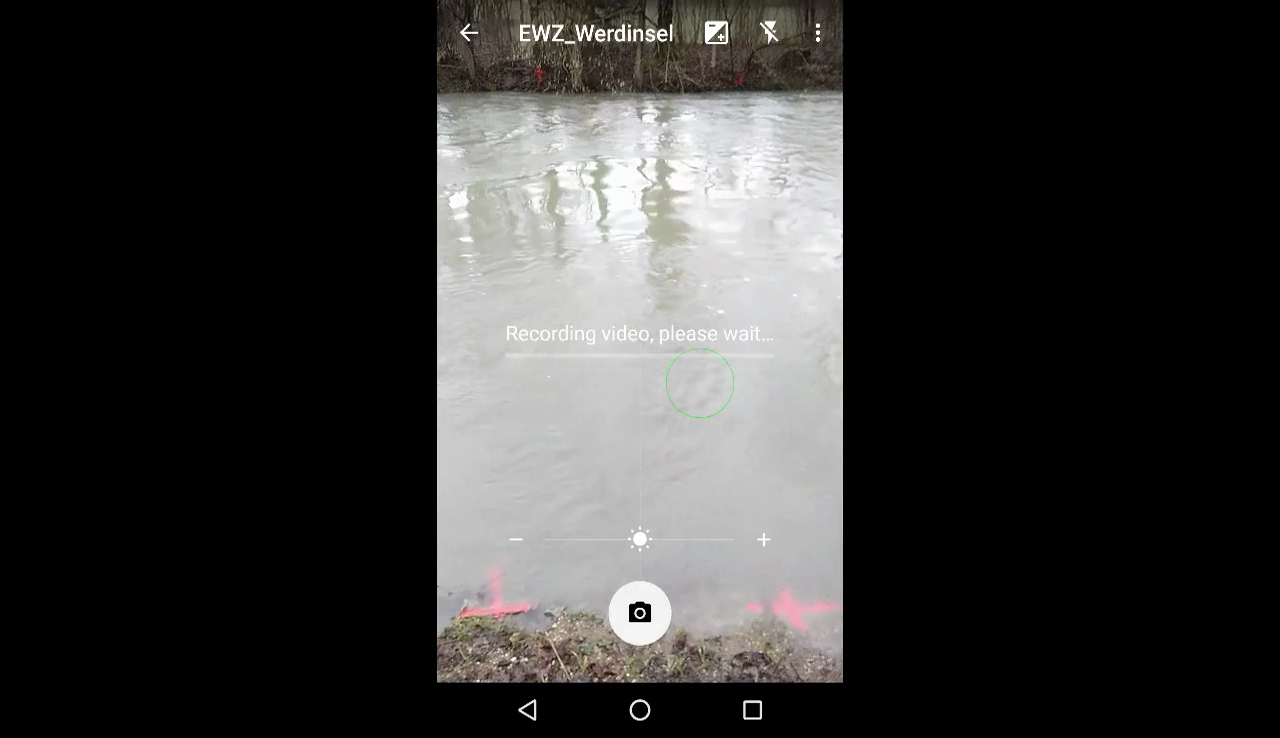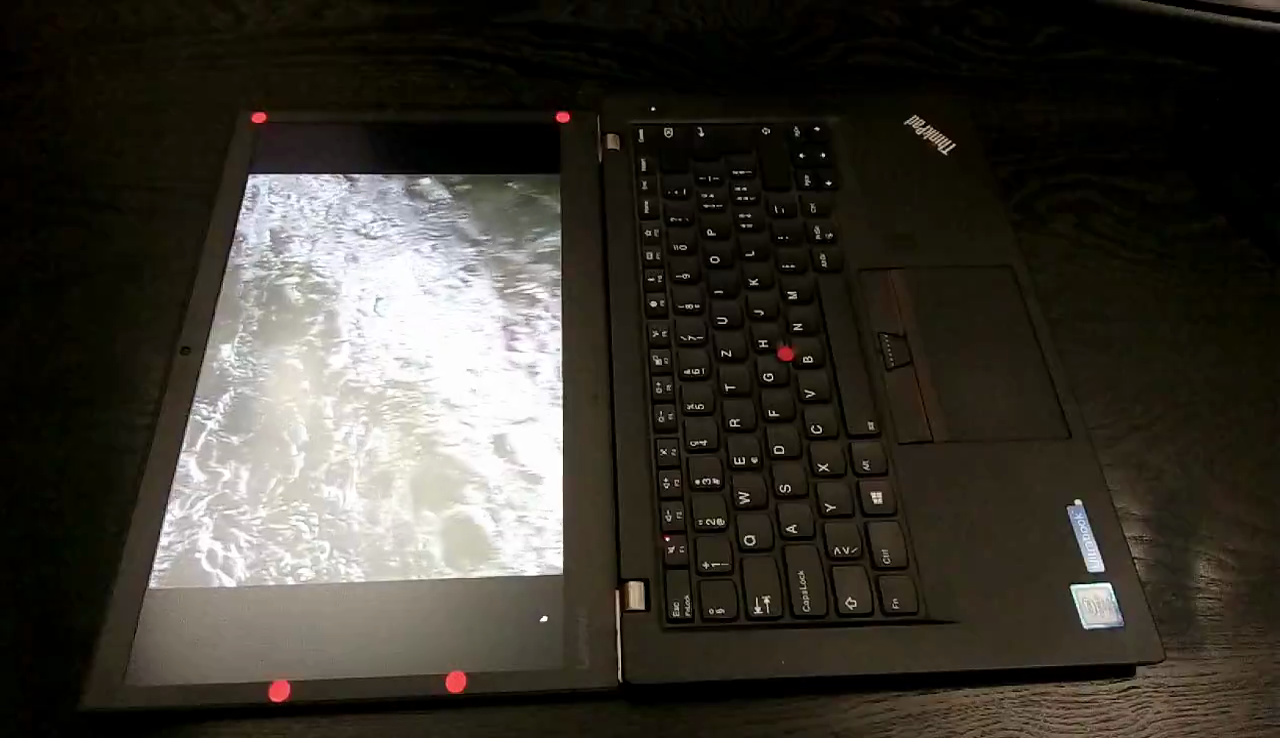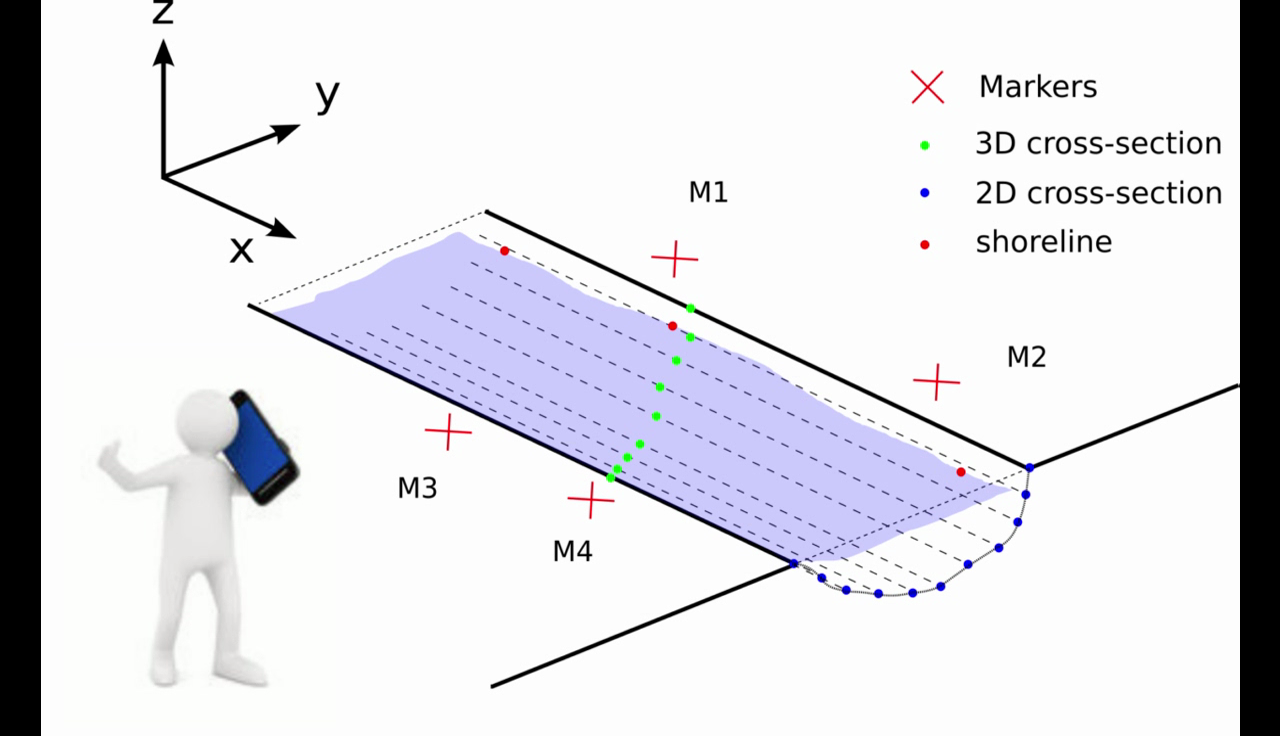DischargeApp
The DischargeApp uses a completely new approach to measure flows. The technology used is non-intrusive, as it relies on the structures present at the surface of the water bodies and not on tracers. Therefore, this innovative technology was coined as “Surface Structure Image Velocimetry” or SSIV. A patented algorithm provides the velocity profile at the surface of the water body
The vertical velocity distribution is calculated from the surface velocity field, using a physical model, which uses the roughness of the bed as a boundary conditions. The volumetric flow rate or discharge is then obtained by integrating this velocity profile over the cross section of the channel under investigation.
In order to perform such a measurement, it is first necessary to set up a site, which can be done in less than one hour. This requires to place four markers on the banks of the river or channel. Then, it is necessary to measure the distances between the markers as well as the geometry of the riverbed, if it is not available.

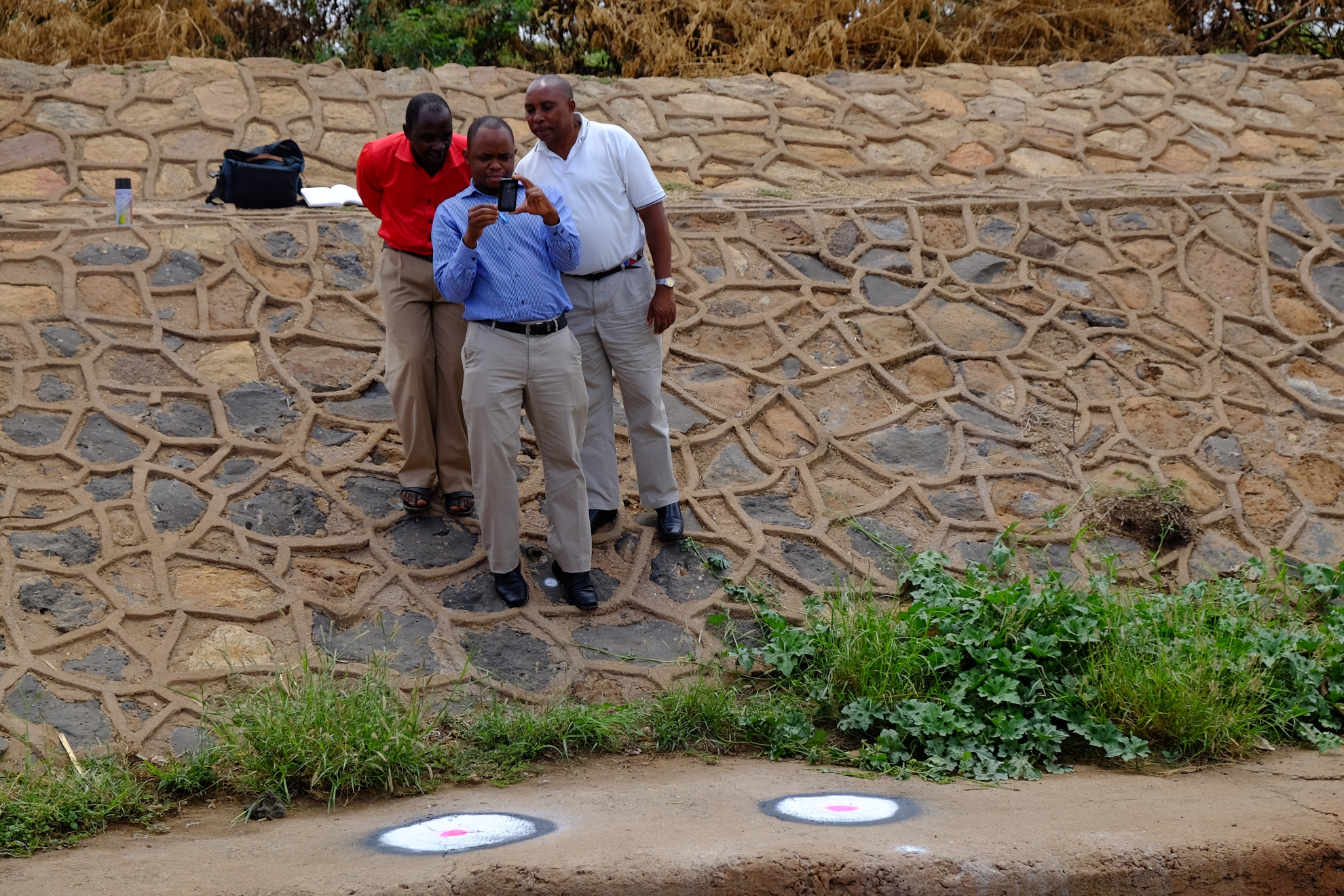
Once this is done, a measurement can be performed in less than 2 minutes with the DischargeApp. In the App, the user needs to record a short movie, select the location of the markers and then set the water level manually. Based on this information, the DischargeApp processes the movie, the surface velocity and the discharge.
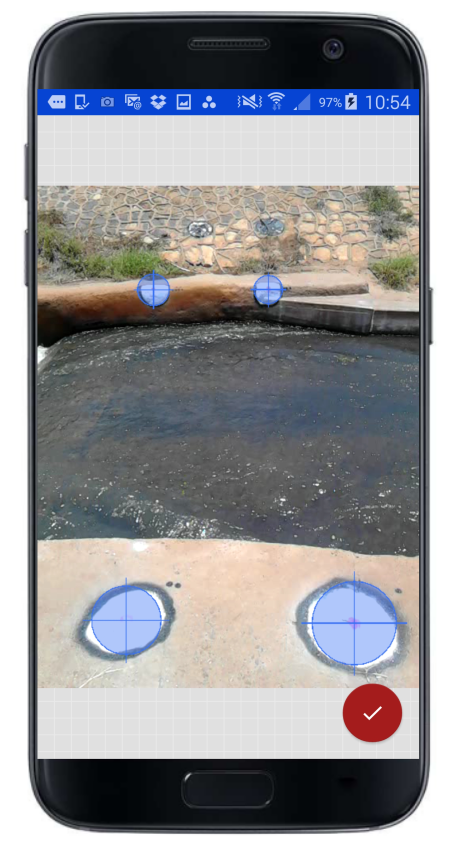
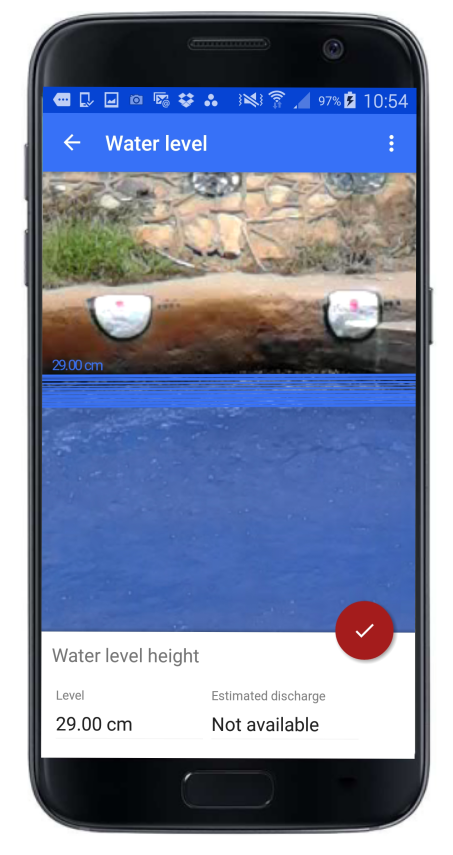
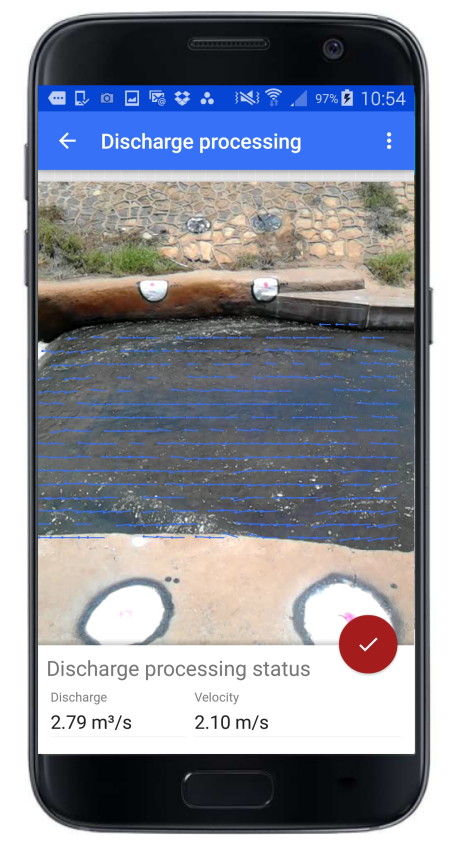
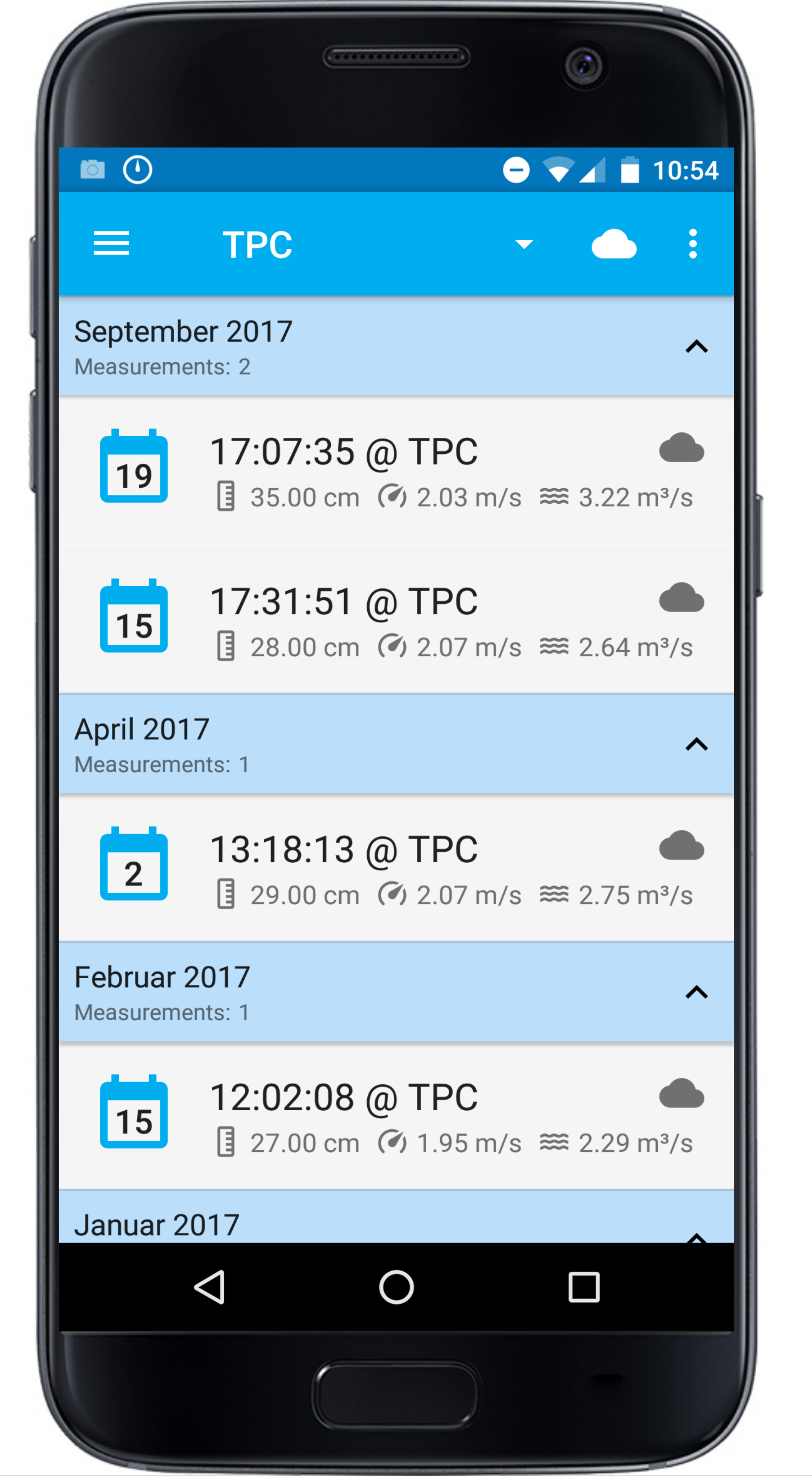
Once a measurement is performed, it can be uploaded to the DischargeWeb platform. This is done by the click of a button, allowing error-free data transmission and storage. The web platform allows the user to manage sites, users and measurements. Time series of water level, velocity and discharge can be visualized, as well as individual measurements with its proof image. Additionally, data can be exported into different formats. Measurements are done in the smartphone, data connection is not needed, only when the user wants to upload the measurements.
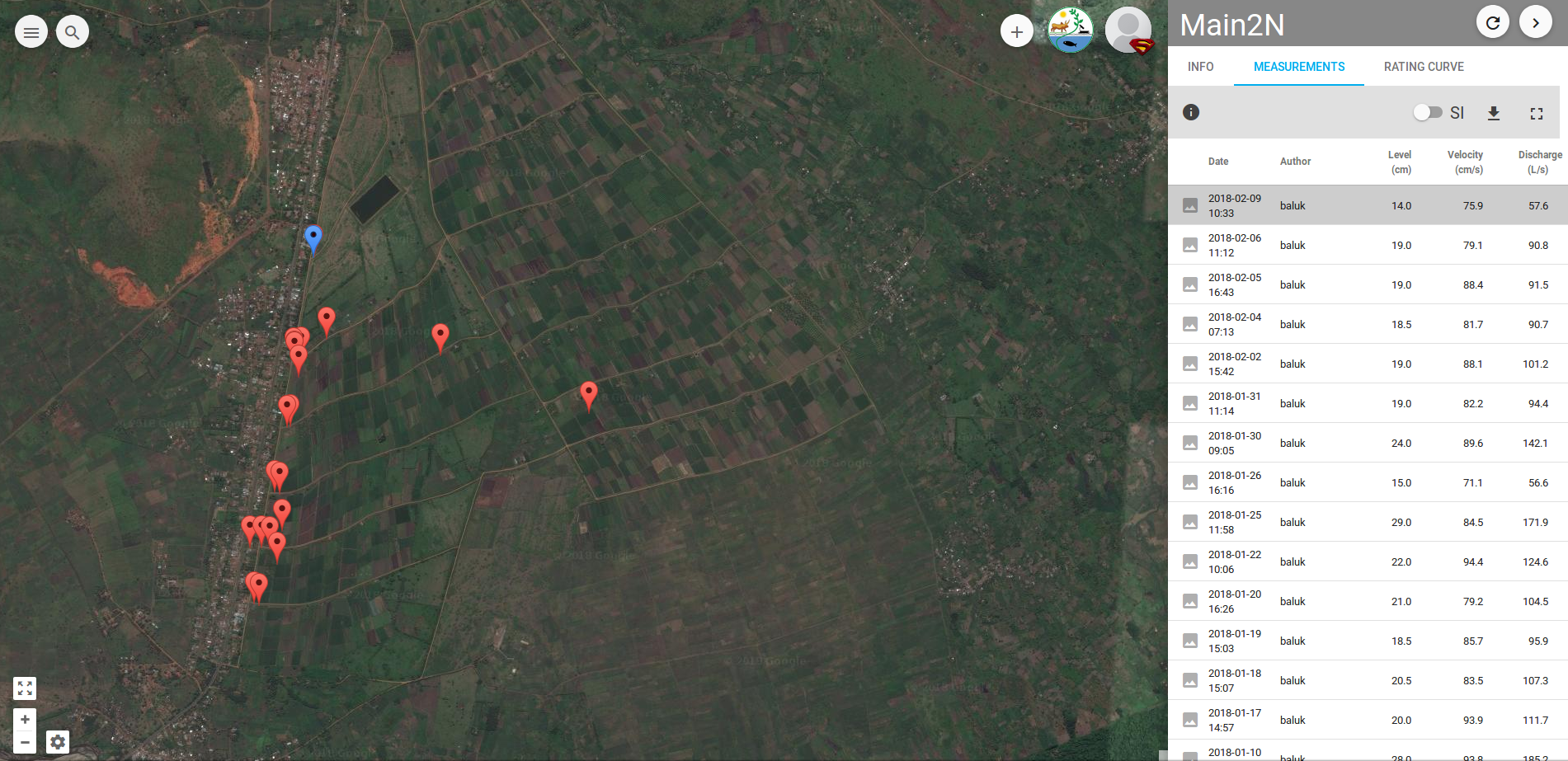
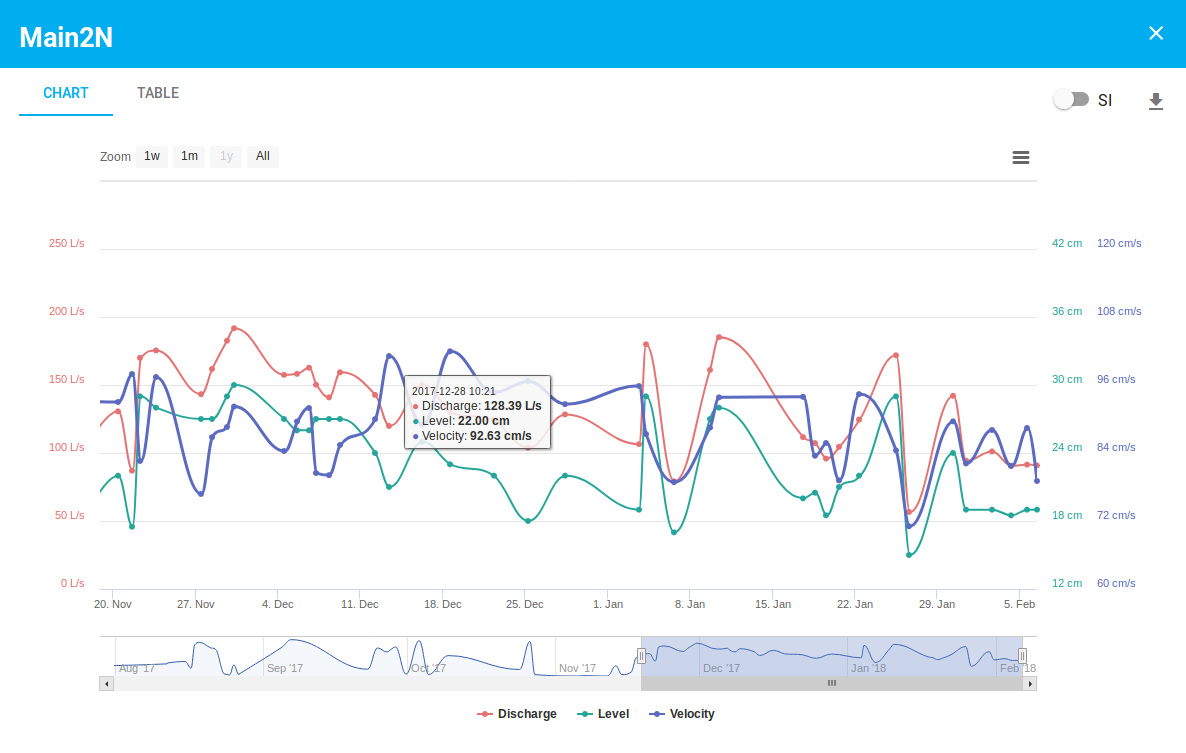
HERE you can download the manual
Tutorials
For more information visit us at: discharge.ch

